Home>Furniture & Design>Interior Design Trends>When Did Glass Windows Become Common
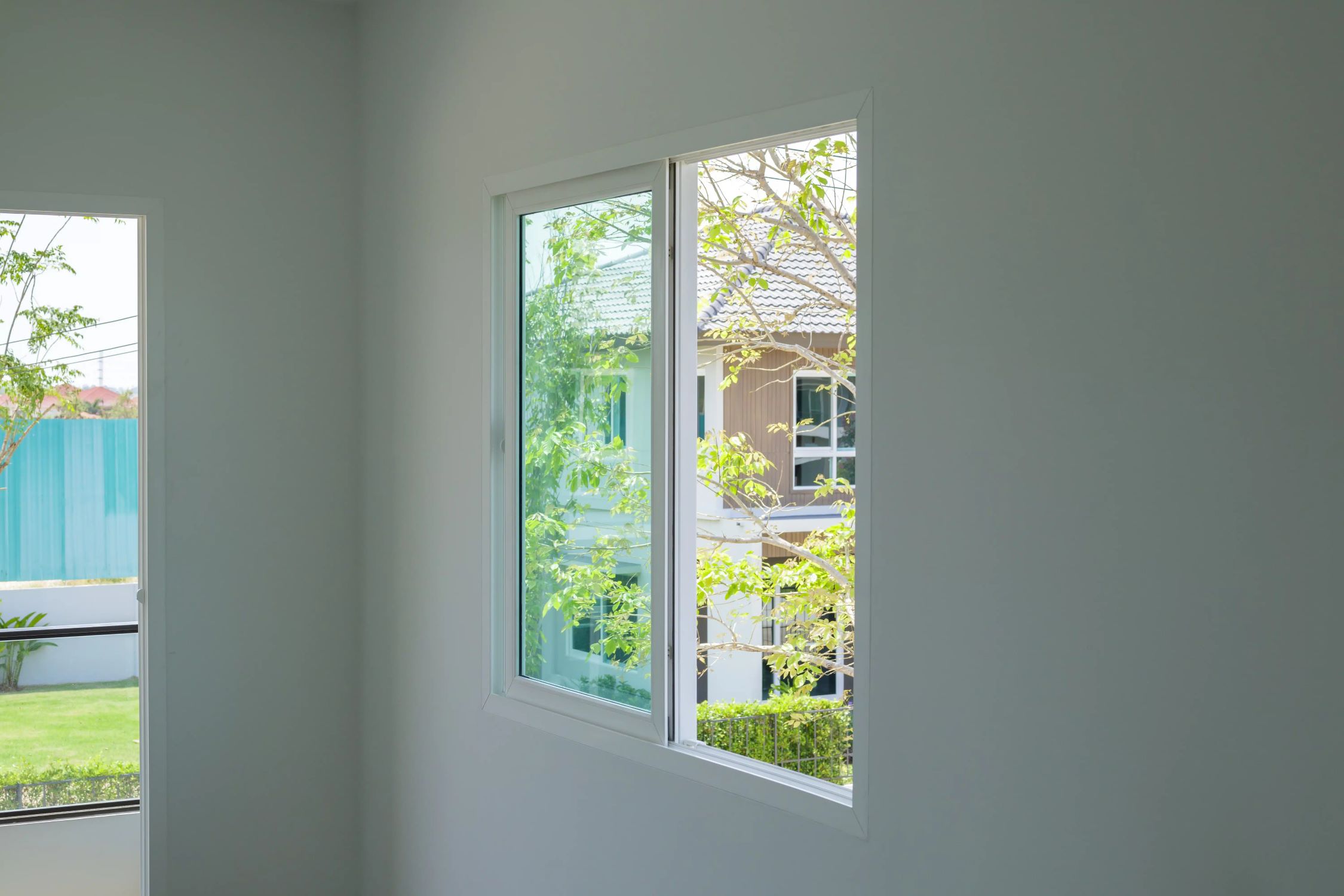

Interior Design Trends
When Did Glass Windows Become Common
Modified: February 18, 2024
Discover the history of glass windows and their impact on interior design trends. Learn when and why glass windows became a common feature in homes. Explore the evolution of interior design with the rise of glass windows.
(Many of the links in this article redirect to a specific reviewed product. Your purchase of these products through affiliate links helps to generate commission for Storables.com, at no extra cost. Learn more)
Introduction
Glass windows are an integral part of modern architecture, allowing natural light to illuminate interior spaces while providing a barrier against the elements. The history of glass windows is a fascinating journey that spans centuries, marked by innovation, craftsmanship, and cultural significance. Understanding the evolution of glass windows offers valuable insights into the development of architectural design and the ways in which societies have embraced and adapted to new technologies.
The introduction of glass windows revolutionized the concept of interior spaces, transforming dim and enclosed areas into bright, inviting environments. From ancient civilizations to contemporary urban landscapes, the presence of glass windows has become synonymous with modern living. Exploring the origins and evolution of glass windows unveils a narrative of human ingenuity and the enduring quest for functional and aesthetically pleasing architectural elements.
As we delve into the early history of glass windows, we uncover the pivotal moments and technological advancements that paved the way for their widespread adoption. From the humble beginnings of translucent materials to the intricate techniques of glassmaking, the journey of glass windows is a testament to human creativity and the desire to enhance living spaces.
Join us on a captivating exploration of the development and spread of glass windows, as we unravel the cultural, economic, and architectural forces that propelled their popularity across different regions and eras. By examining the factors contributing to the widespread use of glass windows, we gain a deeper understanding of the societal shifts and technological innovations that shaped the built environment.
Embark on a journey through time and innovation as we uncover the captivating story of glass windows, from their humble origins to their ubiquitous presence in contemporary architecture. Let's unravel the mysteries and marvels of glass windows, shedding light on their profound impact on architectural aesthetics and the human experience within built environments.
Key Takeaways:
- Glass windows have a rich history dating back to ancient civilizations, evolving from translucent materials to stunning stained glass masterpieces, shaping architectural aesthetics and the use of natural light.
- Factors like natural light, architectural appeal, and sustainability have made glass windows timeless, transcending cultural boundaries and shaping the way we perceive and interact with built environments.
Read more: When Did Home Air Conditioning Become Common
Early History of Glass Windows
The early history of glass windows dates back to ancient civilizations, where the concept of transparent openings in structures began to emerge. The earliest known examples of translucent materials used in architectural settings can be traced to the Roman Empire and ancient Egypt. However, these early iterations of "windows" were not the clear glass panes we are familiar with today. Instead, they were crafted from materials such as thinly sliced marble, mica, or even animal horn, which allowed diffused light to enter interior spaces while offering minimal visibility to the outside world.
The transformative leap towards true glass windows occurred during the first century AD, with the development of glassblowing techniques in the Roman Empire. This innovation led to the production of glass panes that were relatively flat and more transparent than previous materials. These early glass panes were used primarily in the homes of the wealthy and in public buildings, marking a significant shift in architectural design and the concept of interior illumination.
The spread of Christianity in Europe played a pivotal role in the evolution of glass windows, particularly during the medieval period. The emergence of stained glass windows in churches and cathedrals became a defining feature of Gothic architecture, blending religious symbolism with vibrant hues to create awe-inspiring visual narratives. These intricate stained glass windows not only adorned sacred spaces but also served as a means of conveying biblical stories and teachings to a largely illiterate population.
The medieval era also witnessed the refinement of glassmaking techniques, leading to the production of larger and clearer glass panes. This advancement allowed for the creation of more expansive windows, enabling architects to incorporate larger openings in their designs. The proliferation of glass windows in ecclesiastical and secular structures during this time marked a significant shift in architectural aesthetics and the use of natural light within interior spaces.
As the Renaissance unfolded, the art and science of glassmaking continued to evolve, paving the way for further innovations in window design and construction. The development of leaded glass windows, characterized by intricate patterns and lead caming, showcased the technical prowess of artisans and their ability to transform glass into stunning works of art.
The early history of glass windows reflects a remarkable journey of experimentation, innovation, and cultural influence, shaping the way we perceive and interact with architectural spaces. From the modest beginnings of translucent materials to the breathtaking beauty of stained glass masterpieces, the evolution of glass windows has left an indelible mark on architectural history, transcending functional utility to become a symbol of artistic expression and human ingenuity.
Development and Spread of Glass Windows
The development and spread of glass windows underwent significant transformations, marking pivotal moments in architectural history and societal evolution. As the art and science of glassmaking continued to progress, the widespread adoption of glass windows reshaped the built environment and redefined the way people interacted with interior spaces.
During the Renaissance period, the refinement of glassmaking techniques led to the production of larger and clearer glass panes. This advancement facilitated the creation of expansive windows, allowing architects to incorporate larger openings in their designs. The proliferation of glass windows in ecclesiastical and secular structures during this time marked a significant shift in architectural aesthetics and the use of natural light within interior spaces.
The 17th and 18th centuries witnessed a surge in the popularity of glass windows, particularly in European countries. The Industrial Revolution played a crucial role in the mass production of glass, making it more accessible to a broader segment of society. This accessibility led to an increase in the use of glass windows in residential, commercial, and industrial buildings, transforming the visual landscape of urban centers and rural communities alike.
The 19th century saw remarkable advancements in glass manufacturing, including the development of sheet glass and the introduction of innovative window designs. The Victorian era, in particular, embraced ornate and decorative glass windows, showcasing intricate patterns and vibrant colors that adorned homes and public buildings. This period marked a golden age for stained glass windows, with artisans and craftsmen pushing the boundaries of creativity and technical skill to create mesmerizing works of art.
The 20th century brought about further innovations in glass technology, leading to the widespread adoption of large-scale windows in modernist architecture. The concept of floor-to-ceiling windows and expansive glass facades became emblematic of the International Style, emphasizing transparency and the seamless integration of interior and exterior spaces. This architectural movement not only transformed the aesthetic language of buildings but also redefined the relationship between occupants and their surroundings.
In contemporary architecture, the development of energy-efficient glass technologies and sustainable design principles has propelled the evolution of glass windows towards greater functionality and environmental responsibility. From double-glazed windows that enhance thermal insulation to dynamic glass systems that adapt to changing light conditions, the modern era has witnessed a convergence of innovation and sustainability in glass window design.
The spread of glass windows across different continents and cultures has been a testament to their universal appeal and adaptability. From the grand cathedrals of Europe to the sleek skyscrapers of urban metropolises, glass windows have transcended geographical boundaries, becoming an integral element of architectural expression and human experience.
The development and spread of glass windows have not only shaped the physical appearance of buildings but have also influenced the way we perceive and interact with the built environment. As architectural trends continue to evolve, the enduring legacy of glass windows serves as a testament to the timeless allure of transparency, light, and the seamless integration of interior and exterior spaces.
Glass windows became common in the 17th century, with the invention of the cylinder glass process in the 17th century making it easier and cheaper to produce large sheets of glass for windows.
Factors Contributing to the Popularity of Glass Windows
The widespread popularity of glass windows can be attributed to a confluence of factors that have shaped architectural preferences, societal norms, and technological advancements. These influential elements have propelled glass windows from functional necessities to iconic features of built environments, transcending cultural and historical contexts.
-
Natural Light and Visual Connection: Glass windows offer a seamless interface between interior and exterior spaces, allowing natural light to permeate indoor environments. The allure of sunlight streaming through glass panes creates a sense of openness and connection to the outside world, enhancing the ambiance of living and working spaces. The visual transparency provided by glass windows fosters a feeling of expansiveness, blurring the boundaries between enclosed areas and the surrounding landscape.
-
Architectural Aesthetics: The aesthetic appeal of glass windows has been a driving force behind their widespread adoption. From the intricate beauty of stained glass to the sleek minimalism of modernist designs, glass windows have the ability to elevate the visual impact of buildings. Their versatility in complementing diverse architectural styles and interior decor has made them a timeless choice for designers and homeowners seeking to enhance the overall look and feel of spaces.
-
Technological Advancements: The evolution of glass manufacturing technologies has played a pivotal role in popularizing glass windows. Innovations such as float glass production, tempered glass, and insulated glazing have expanded the functional capabilities of glass windows, offering improved durability, thermal efficiency, and acoustic insulation. These advancements have made glass windows more practical and sustainable, aligning with contemporary demands for energy-efficient and environmentally conscious design solutions.
-
Cultural Symbolism and Tradition: Throughout history, glass windows have held symbolic significance in various cultural and religious contexts. From the majestic stained glass windows of medieval cathedrals to the delicate paper-covered lattice windows of traditional Japanese architecture, the cultural symbolism associated with glass as a medium for artistic expression and spiritual reverence has contributed to its enduring appeal. The preservation of cultural traditions and the timeless allure of craftsmanship have sustained the popularity of glass windows across diverse global landscapes.
-
Social and Economic Influences: The democratization of glass production and the affordability of glass windows have democratized access to natural light and improved living conditions for a broader segment of society. As urbanization and industrialization reshaped urban centers, the demand for glass windows in residential, commercial, and institutional buildings surged, reflecting the aspirations for modernity and progress. The economic viability of glass windows as a cost-effective building component has further fueled their widespread usage in architectural projects of varying scales.
-
Environmental Considerations: In the contemporary era, the emphasis on sustainable design and environmental responsibility has propelled the popularity of glass windows. The integration of energy-efficient glazing systems, daylight harvesting strategies, and passive solar design principles has positioned glass windows as integral elements of green buildings and eco-friendly architectural solutions. The ability of glass windows to optimize natural light, reduce reliance on artificial lighting, and enhance thermal comfort aligns with the ethos of sustainable design practices.
The convergence of these factors has contributed to the enduring popularity of glass windows, transcending geographical and temporal boundaries. As architectural trends continue to evolve, the intrinsic allure of glass windows as conduits of light, beauty, and functionality remains a cornerstone of modern design philosophies.
Conclusion
The evolution of glass windows stands as a testament to the enduring human quest for innovation, beauty, and functionality within architectural design. From their humble origins in ancient civilizations to their ubiquitous presence in contemporary urban landscapes, glass windows have transcended time and cultural boundaries, leaving an indelible mark on the built environment.
The early history of glass windows reflects a remarkable journey of experimentation and ingenuity, from the translucent materials of antiquity to the breathtaking beauty of stained glass masterpieces. The development and refinement of glassmaking techniques, coupled with the cultural and religious significance of stained glass, have shaped the aesthetic language of architectural spaces and the way natural light is harnessed within interiors.
As the art and science of glassmaking continued to progress, the widespread adoption of glass windows reshaped the visual landscape of urban centers and rural communities alike. The Industrial Revolution played a pivotal role in democratizing access to glass windows, marking a shift towards their inclusion in residential, commercial, and industrial buildings. The Victorian era embraced ornate and decorative glass windows, showcasing intricate patterns and vibrant colors that adorned homes and public buildings, further solidifying their status as iconic architectural elements.
The 20th century brought about further innovations in glass technology, leading to the widespread adoption of large-scale windows in modernist architecture. The concept of floor-to-ceiling windows and expansive glass facades became emblematic of the International Style, emphasizing transparency and the seamless integration of interior and exterior spaces. In contemporary architecture, the development of energy-efficient glass technologies and sustainable design principles has propelled the evolution of glass windows towards greater functionality and environmental responsibility.
The enduring popularity of glass windows can be attributed to a confluence of factors, including their ability to optimize natural light, their aesthetic versatility, and their alignment with sustainable design principles. The convergence of these influential elements has positioned glass windows as timeless conduits of light, beauty, and functionality, transcending geographical and temporal boundaries.
In conclusion, the captivating story of glass windows mirrors the evolution of human creativity, technological prowess, and cultural expression. As architectural trends continue to evolve, the intrinsic allure of glass windows as transformative elements within built environments remains unwavering, serving as a testament to the enduring legacy of transparency, light, and the seamless integration of interior and exterior spaces.
Frequently Asked Questions about When Did Glass Windows Become Common
Was this page helpful?
At Storables.com, we guarantee accurate and reliable information. Our content, validated by Expert Board Contributors, is crafted following stringent Editorial Policies. We're committed to providing you with well-researched, expert-backed insights for all your informational needs.
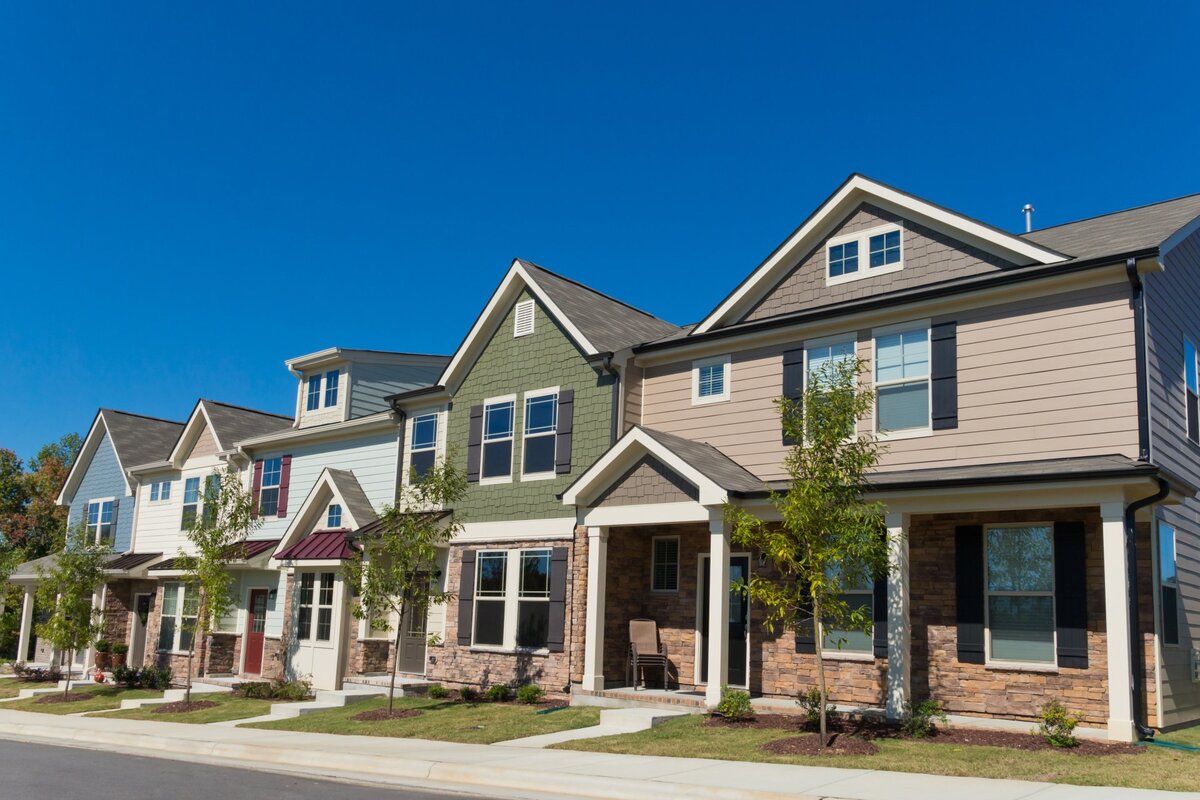
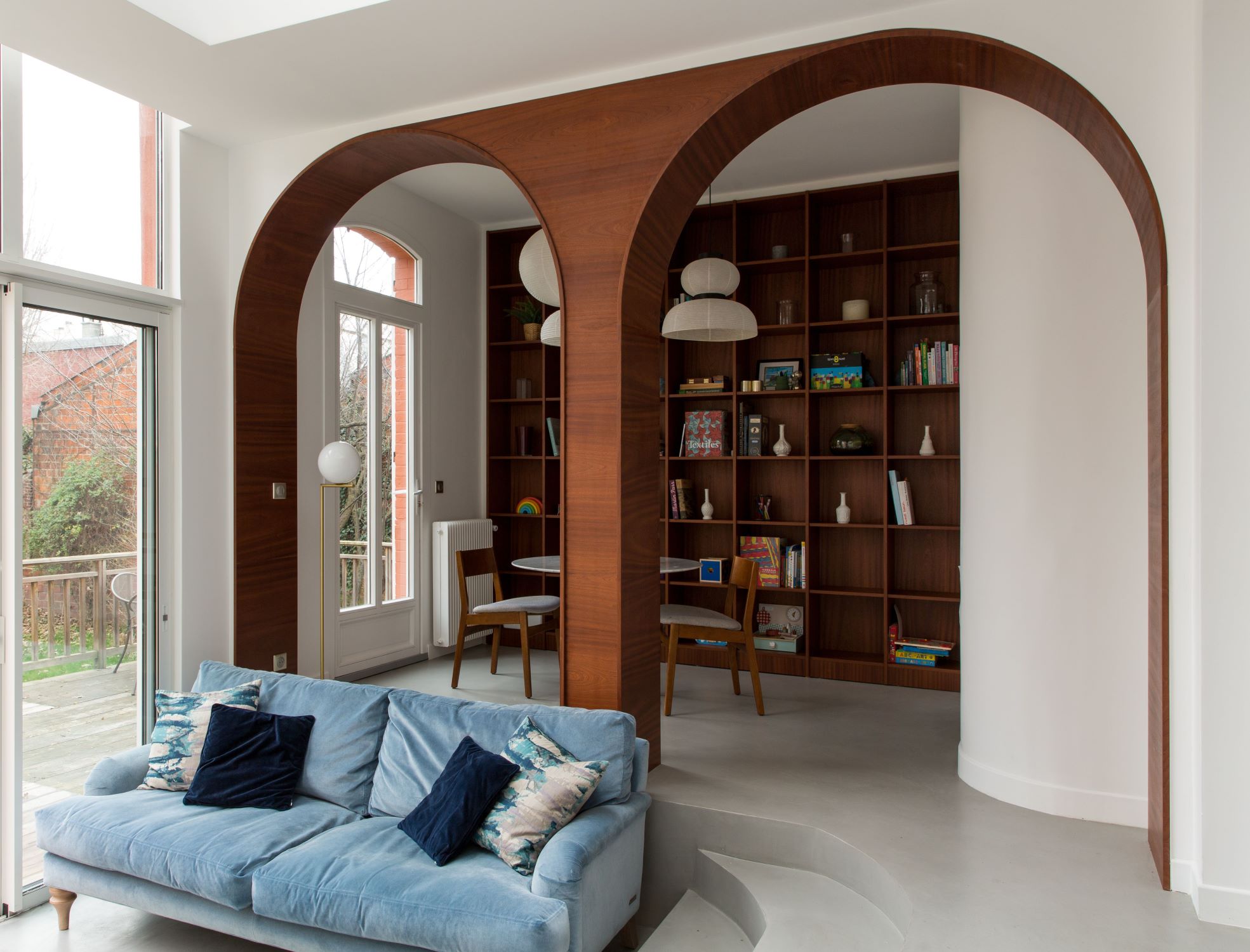

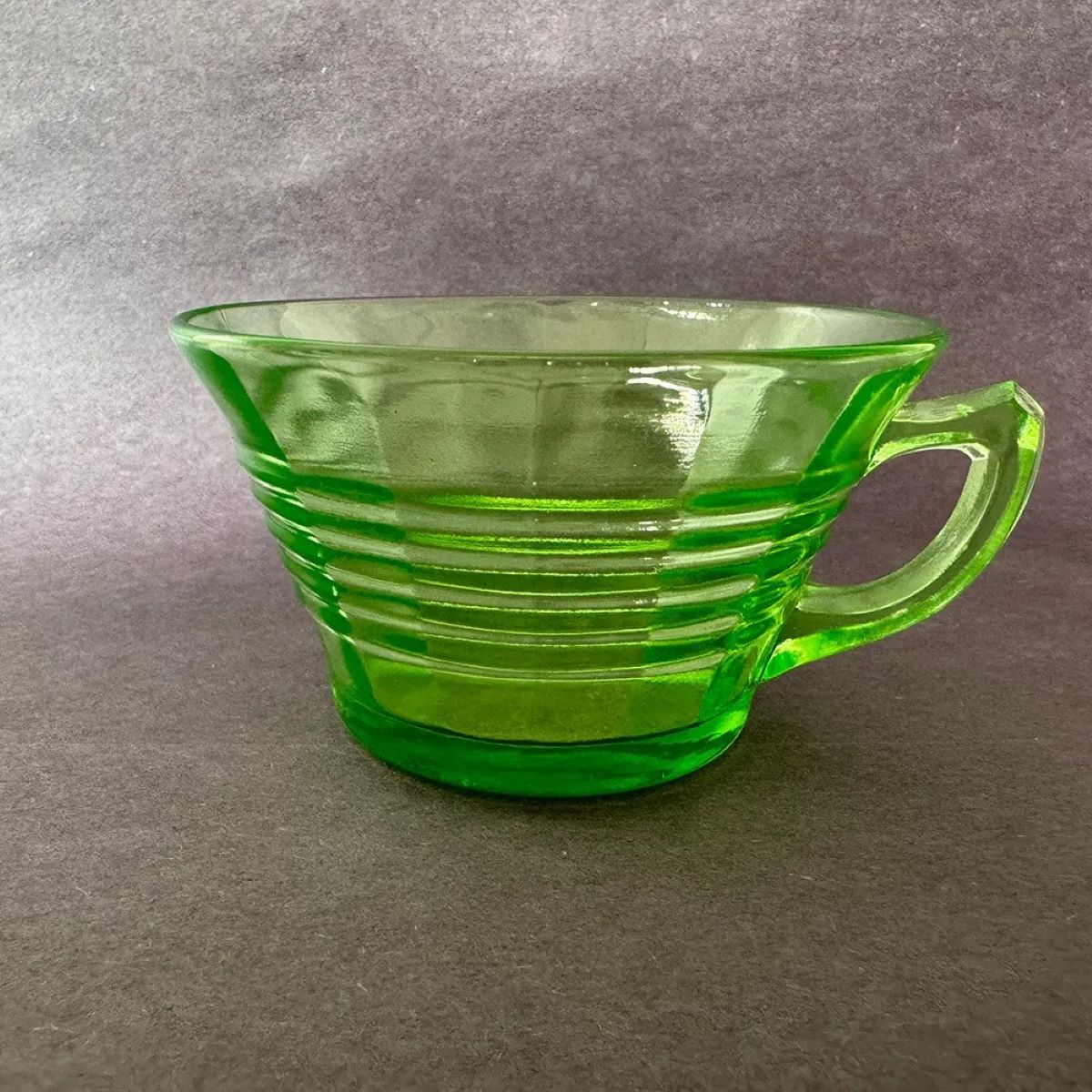


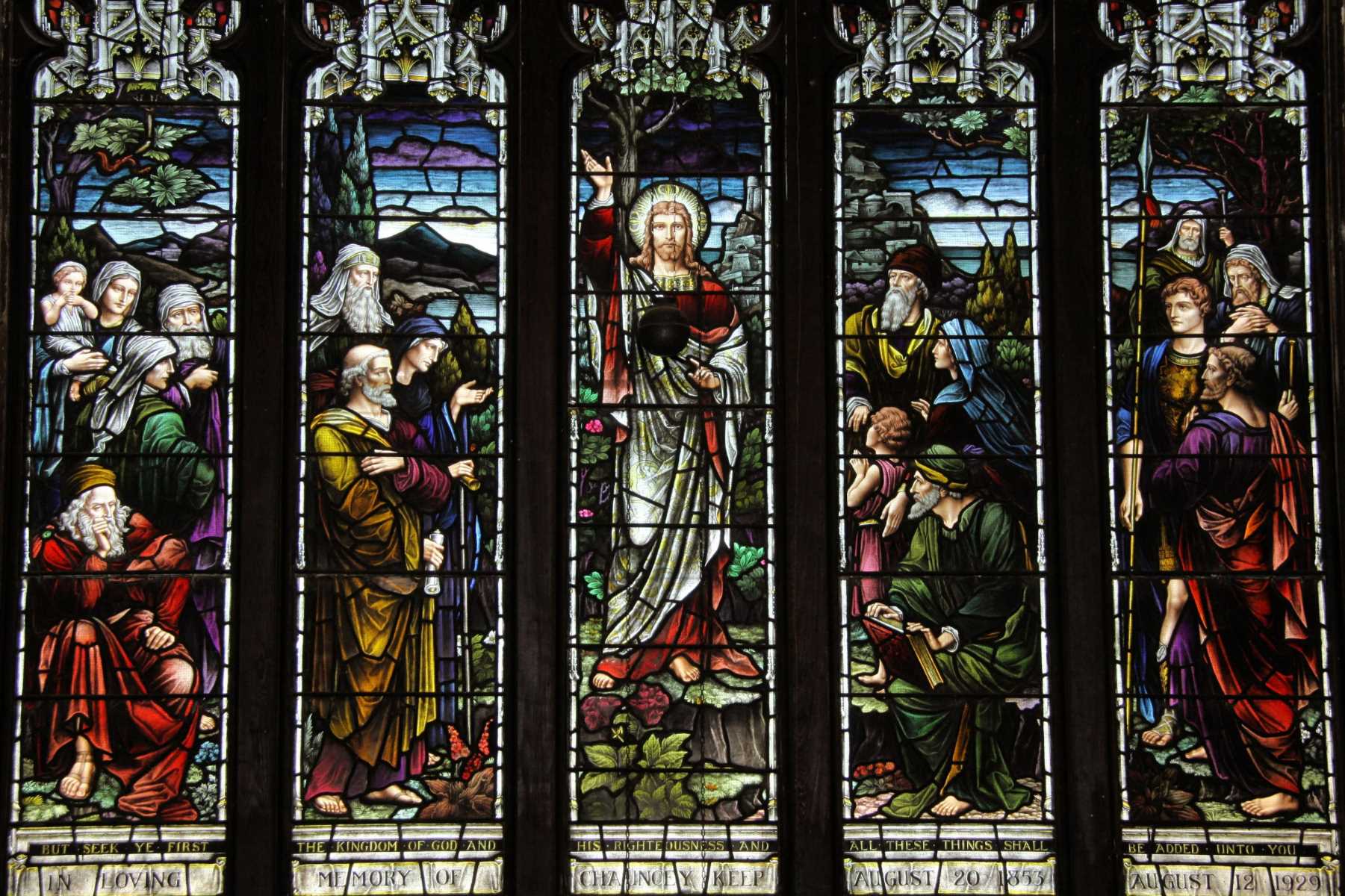




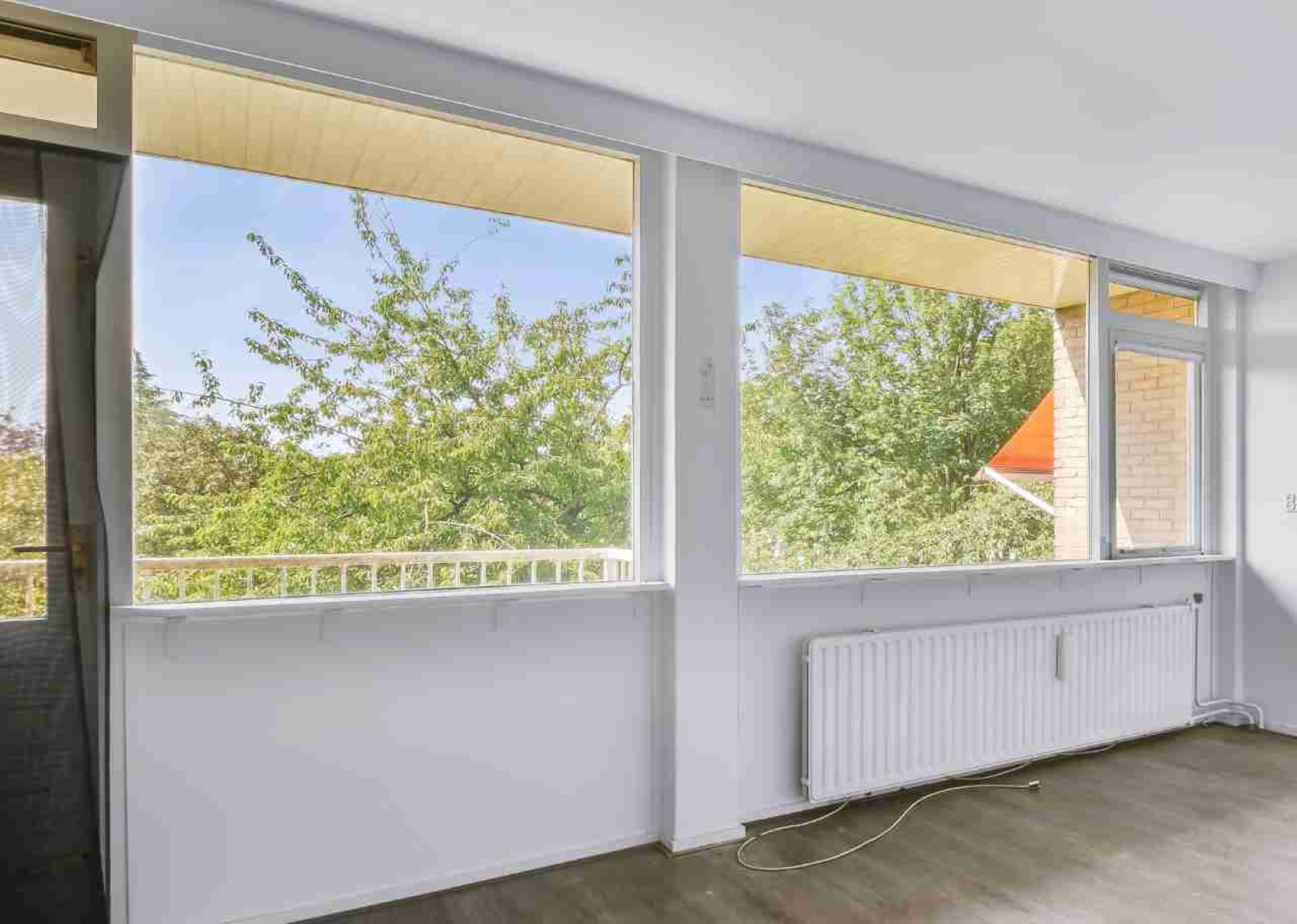
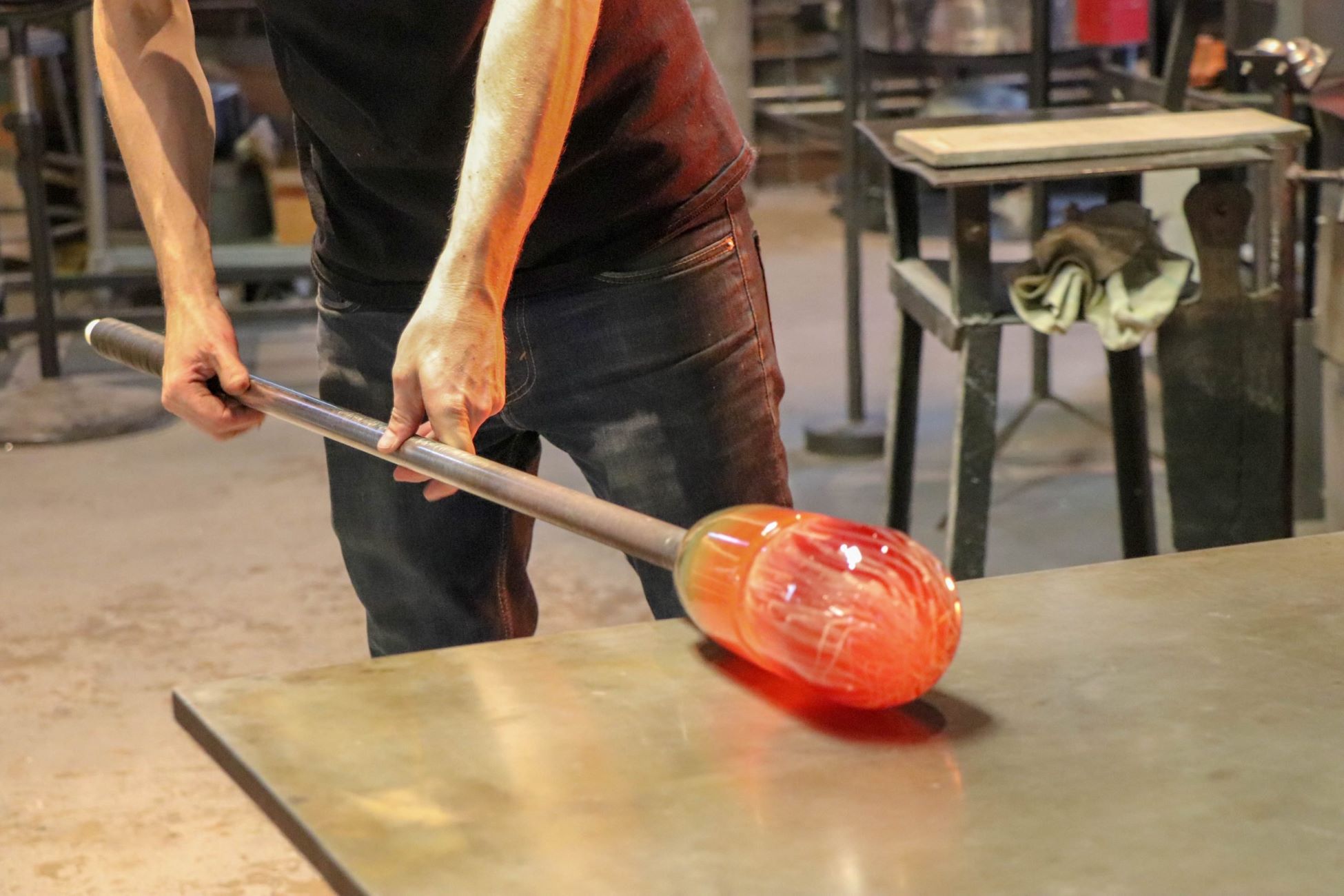
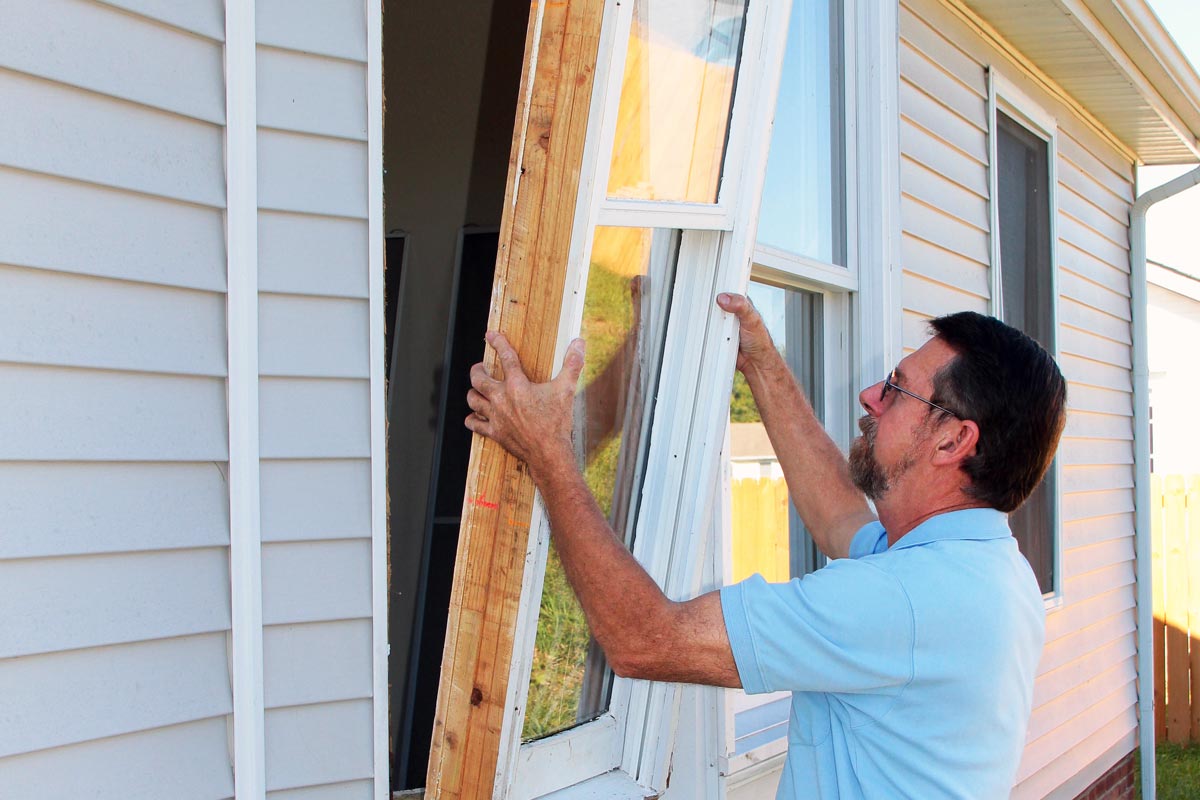


0 thoughts on “When Did Glass Windows Become Common”